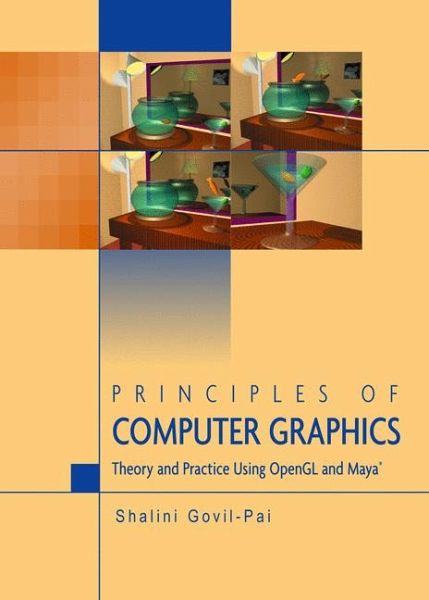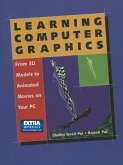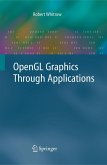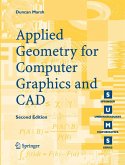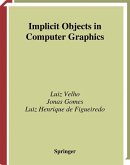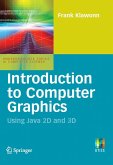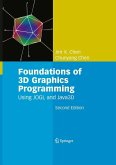Providing an integrated balance of underlying theory and real-life practicality, Principles of Computer Graphics is a uniquely comprehensive introduction to the concepts, core principles, and methodologies employed in the graphics endeavor. Concepts are defined and explained in an easy-to-understand manner, and the reader learns progressively- from basic algorithmic components to elaborate and stunning visual displays. The text uses C (a standard programming language) and OpenGL (a standard graphics library) to teach illustratively, and it introduces the powerful 3D capability of Maya. Readers need only a basic education in math and programming.
Topics and Features:
-Provides a full introduction to computer graphics concepts, principles, methods, and applications
-Concentrates on core principles, thereby allowing readers to readily utilize any graphics API upon completion
-Reinforces its theme with heavy use of examples, exercises, and figures and images
-Discusses the processes, tricks, and techniques used at professional production houses
-Uses a step-by-step, teach-by-example approach, whereby readers end up creating their own game and movie (much like real graphics production houses)
-Supplies a full treatment of all key elements of graphics study and the results and products derived from it
This all-encompassing and well-organized textbook/reference is ideally suited to both students and professionals interested in developing or honing their skills in computer graphics. Its clarity of approach and wealth of examples andlearning aids will also be helpful for vocational training courses or self study, and will empower readers to further study of graphics.
Shalini Govil-Pai has used her imaging and animation expertise to develop virtual reality games and military training simulators. She was technical director on the films, Toy Story and A Bug's Life, and is a co-author of Learning Computer Graphics.
Dieser Download kann aus rechtlichen Gründen nur mit Rechnungsadresse in A, B, BG, CY, CZ, D, DK, EW, E, FIN, F, GR, HR, H, IRL, I, LT, L, LR, M, NL, PL, P, R, S, SLO, SK ausgeliefert werden.

